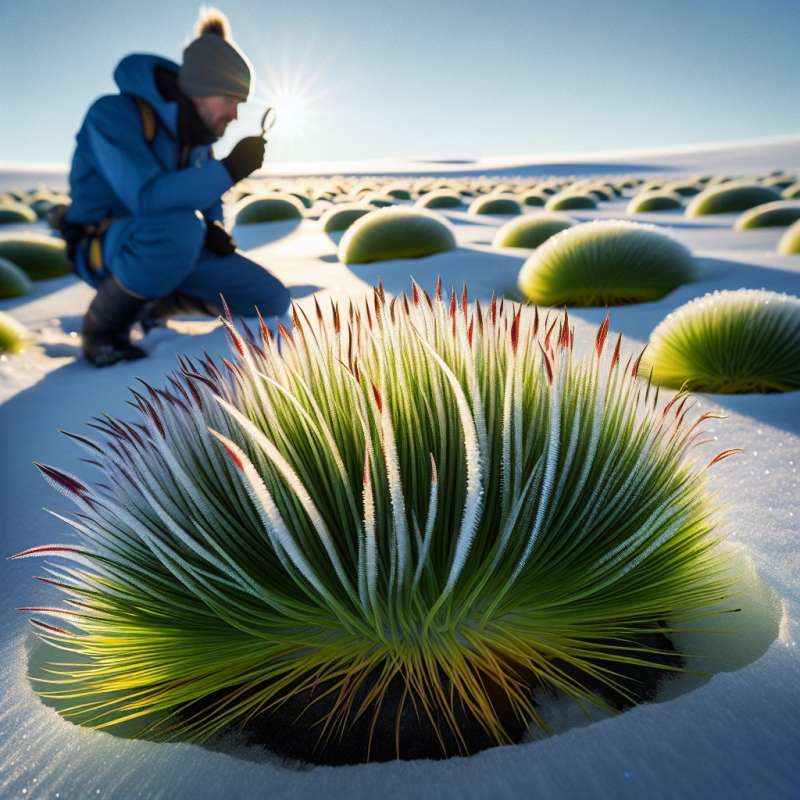
Defining Polar Climates
Polar climates, categorized as EF in the Köppen classification, are characterized by extremely cold temperatures and snow-covered landscapes year-round, with brief summers bringing minimal warmth.
Sunlight Variance
Due to the Earth's tilt, polar regions experience dramatic variations in daylight, from 24-hour sunlit summers to dark, frigid winters, affecting the behavior and physiology of local wildlife.
Unique Polar Flora
Despite harsh conditions, certain plants like Antarctic hair grass and pearlwort thrive in polar climates, surviving through adaptations like antifreeze proteins and low-stature growth.
Polar Bear Adaptations
Polar bears have evolved remarkable adaptations, such as black skin absorbing heat, dense fur, and a layer of blubber for insulation to survive the Arctic's extreme cold.
Penguins: Antarctic Specialists
Emperor Penguins are the only species to breed during the Antarctic winter, huddling together for warmth and rotating positions to ensure all members stay heated.
Cryogenic Plant Survival
Some polar plants can survive being frozen solid during the winter. They enter a cryogenic state, avoiding cell damage, and resume normal growth with the return of summer.
Marine Life Under Ice
Antarctic sea ice is teeming with life. Krill, underpinning the polar food web, thrive here in vast numbers, supporting species from fish to whales.Frozen Blood
Antarctic icefish have no hemoglobin, making their blood clear. This helps them survive in frigid waters.
What does 'EF' denote in Köppen classification?
Temperate forest climate
Polar climate category
Desert climate region
Company